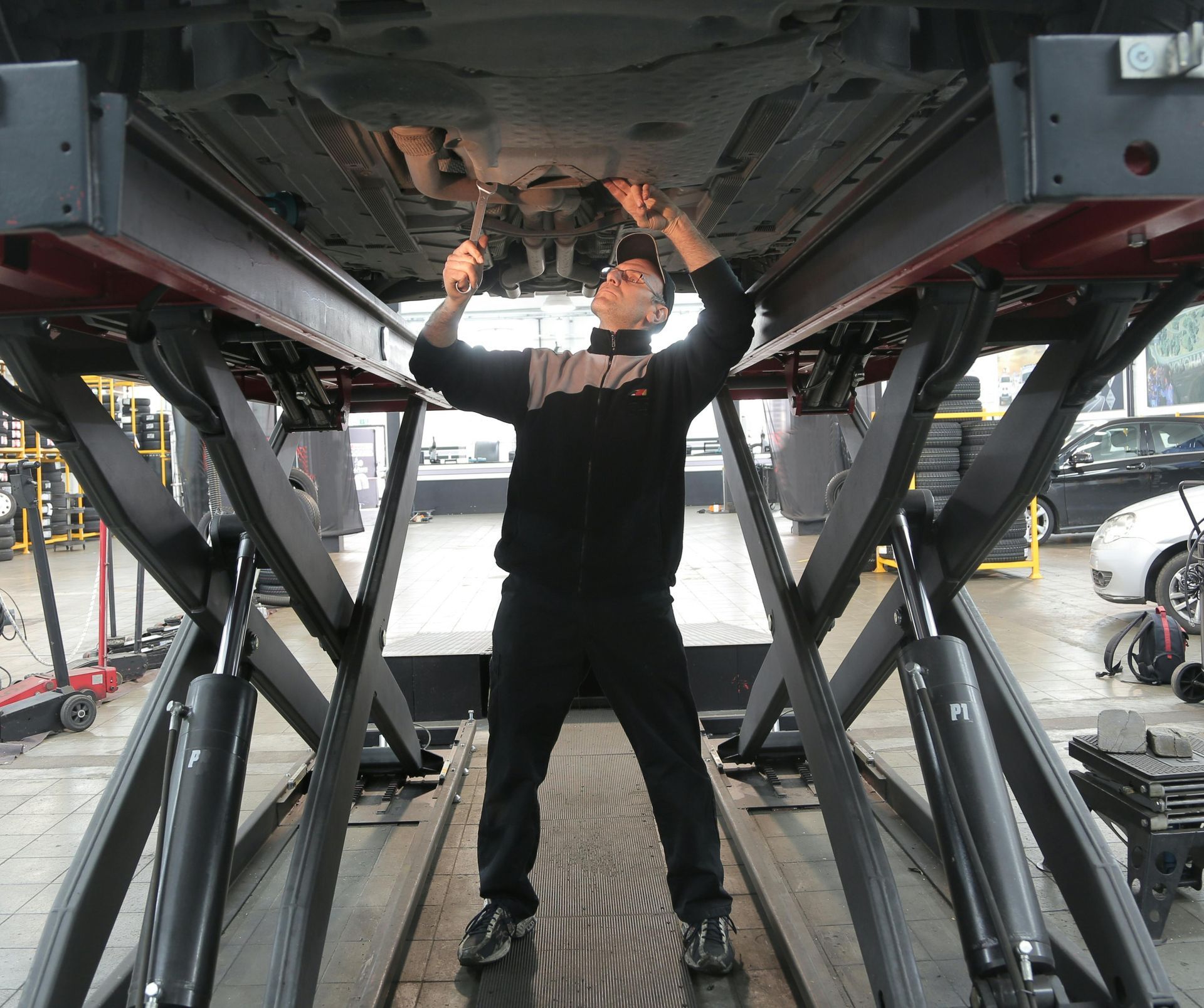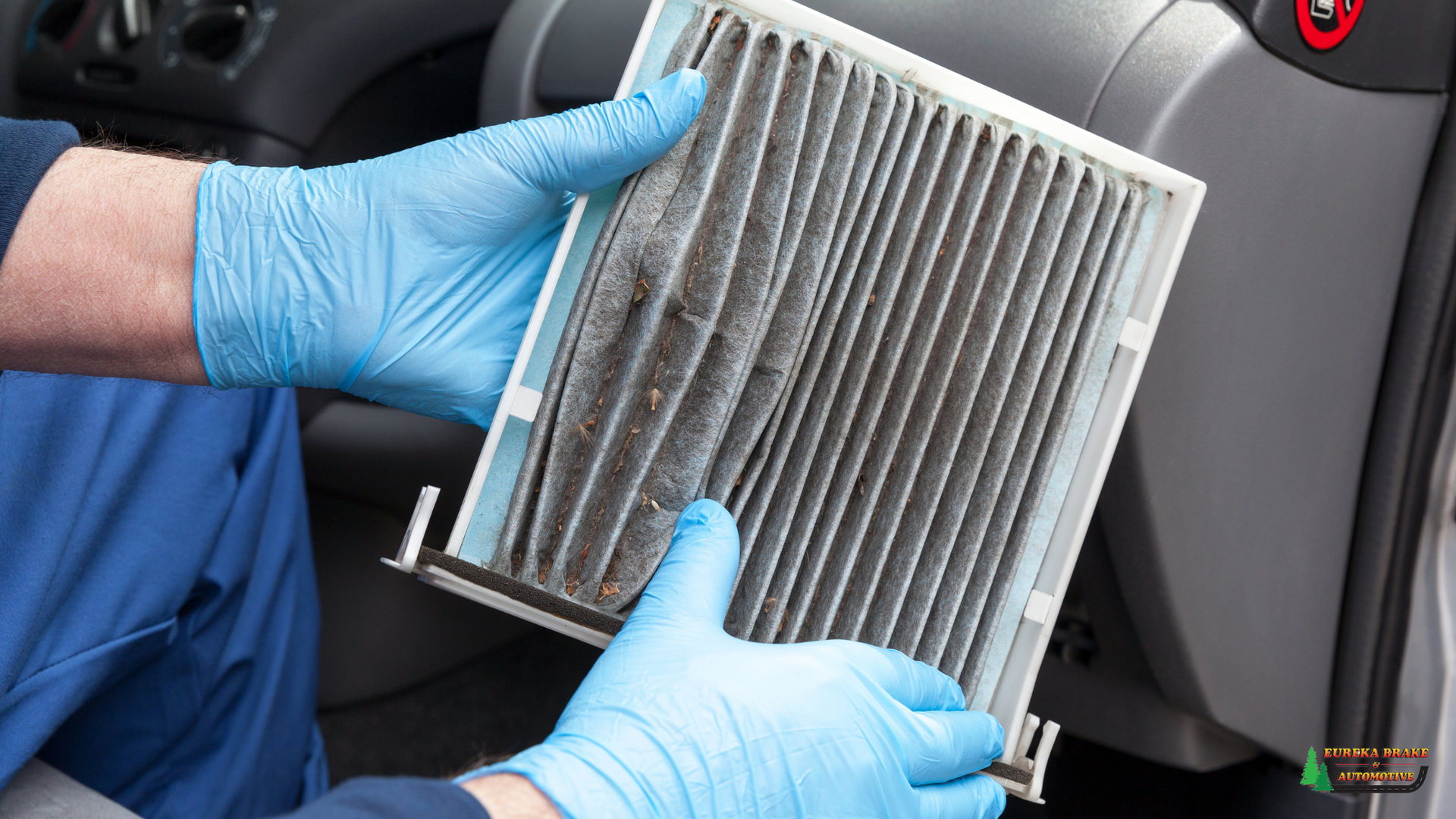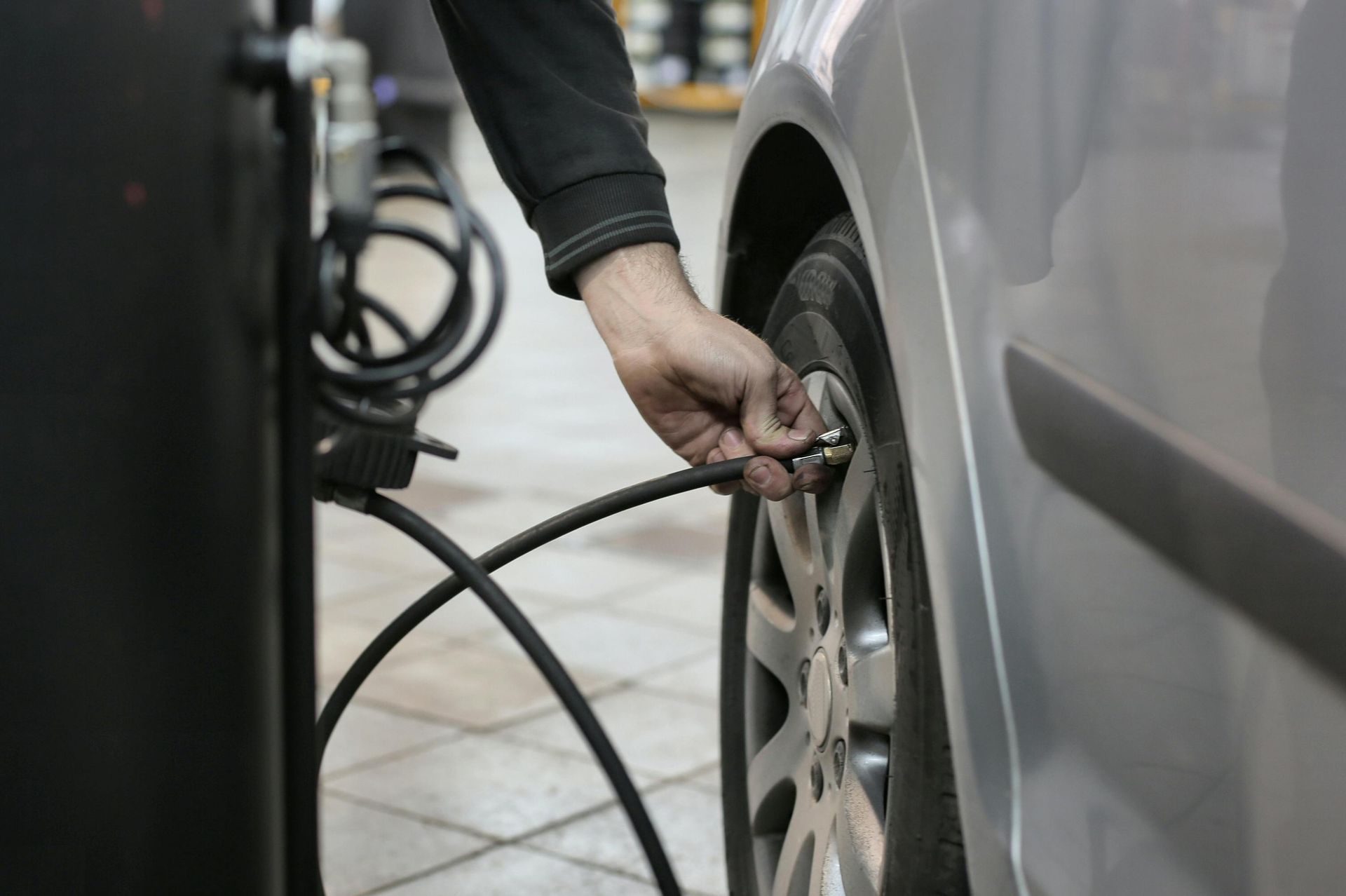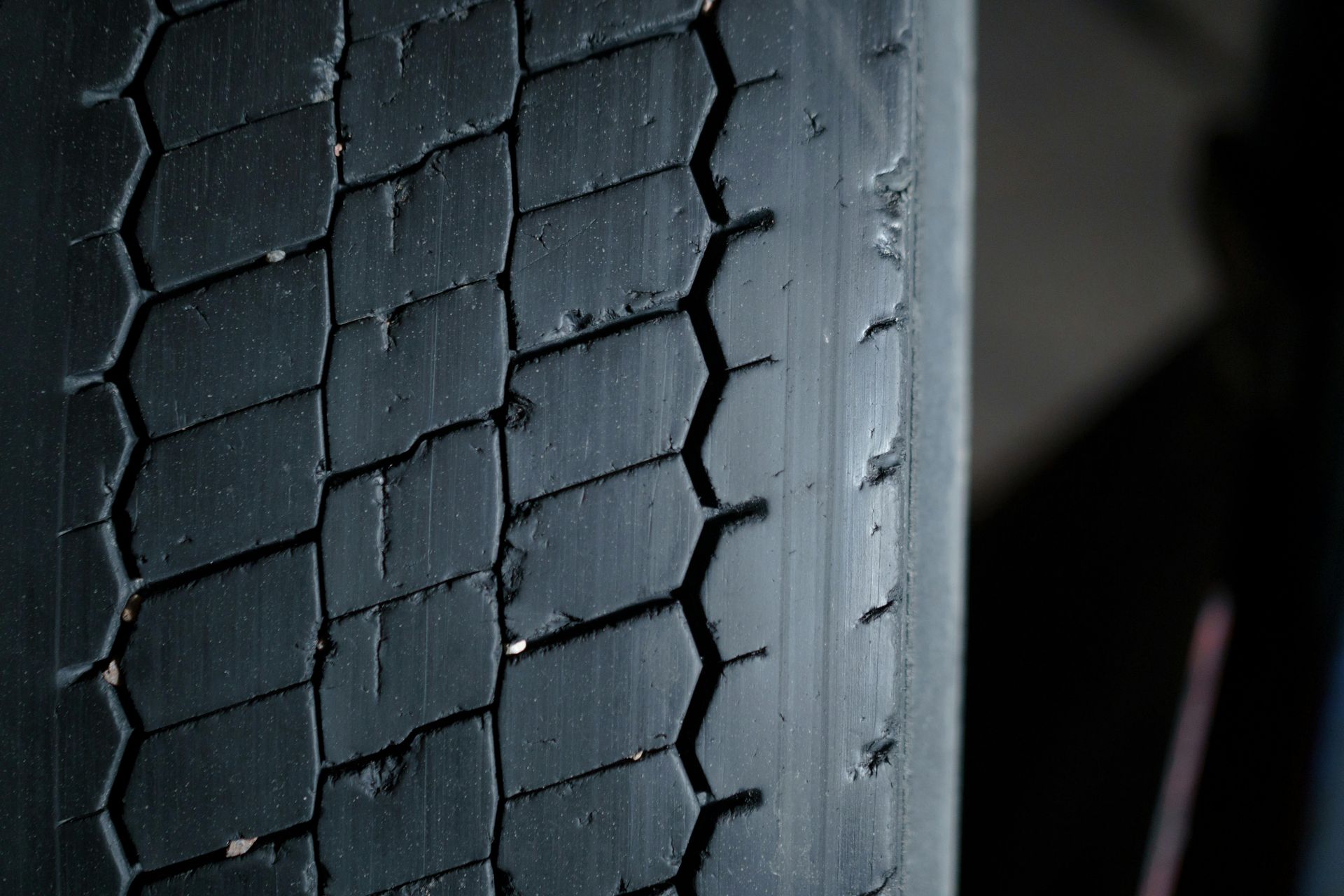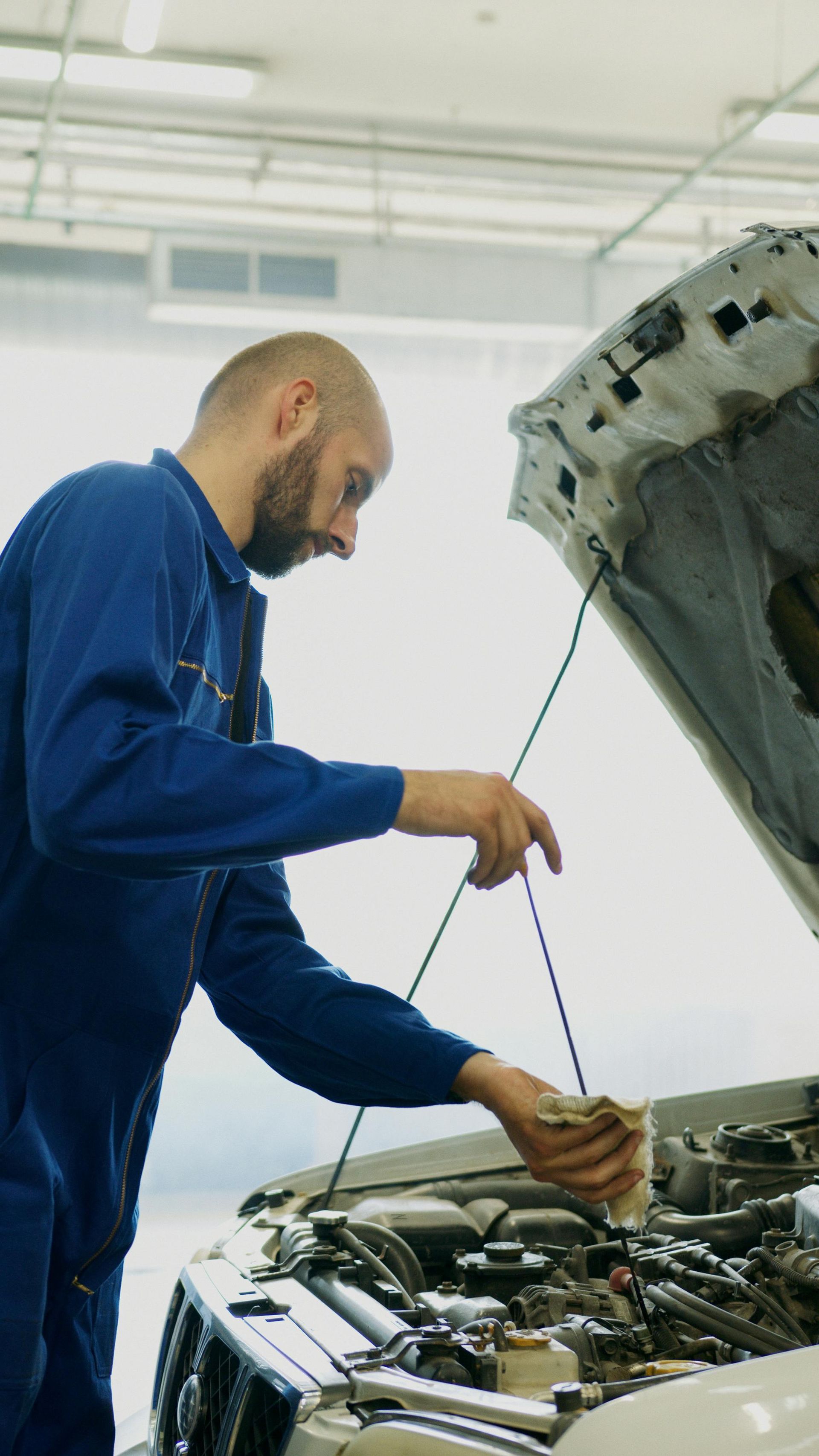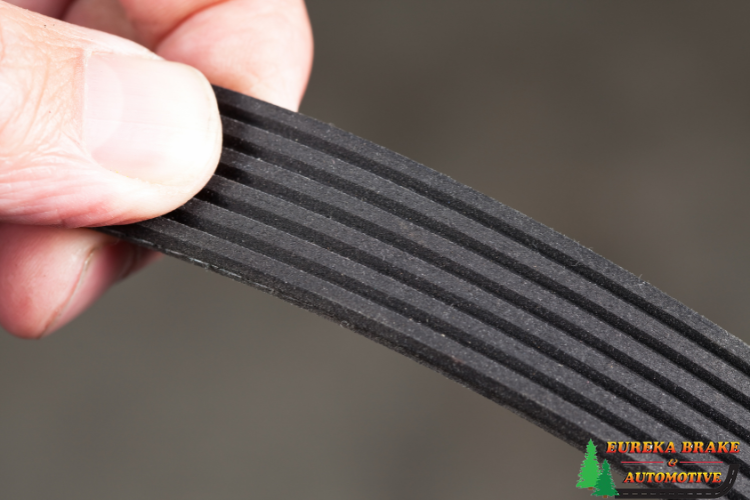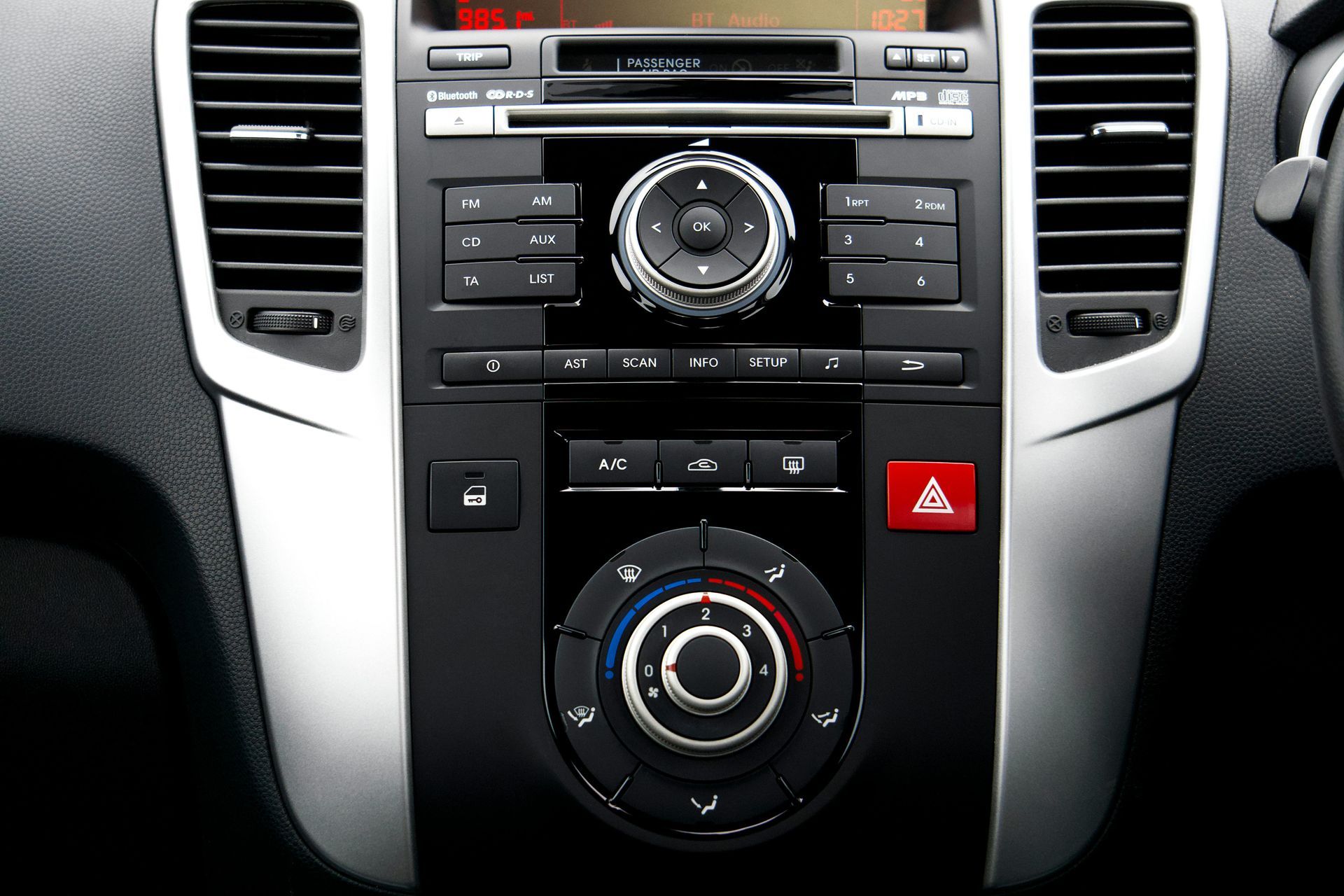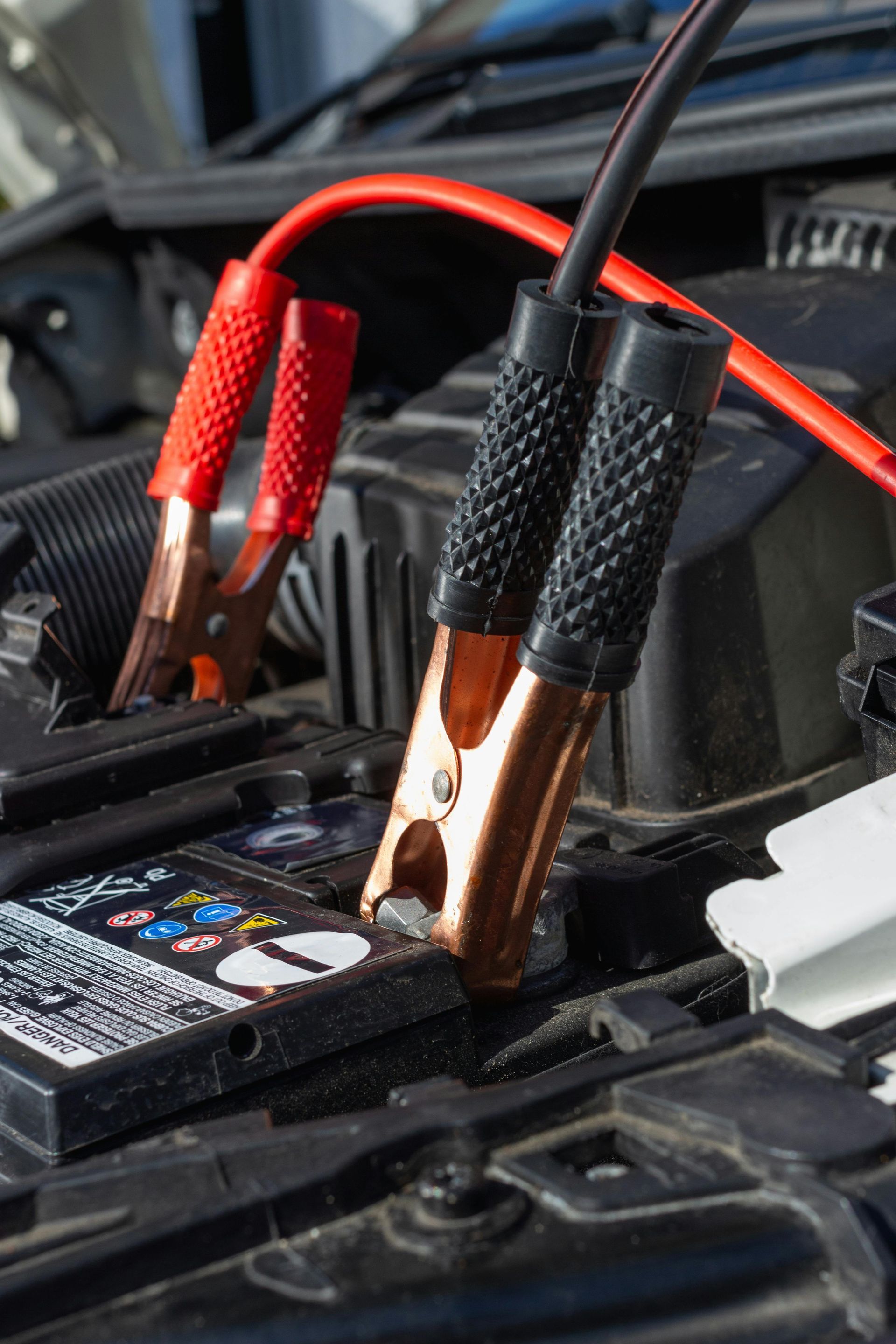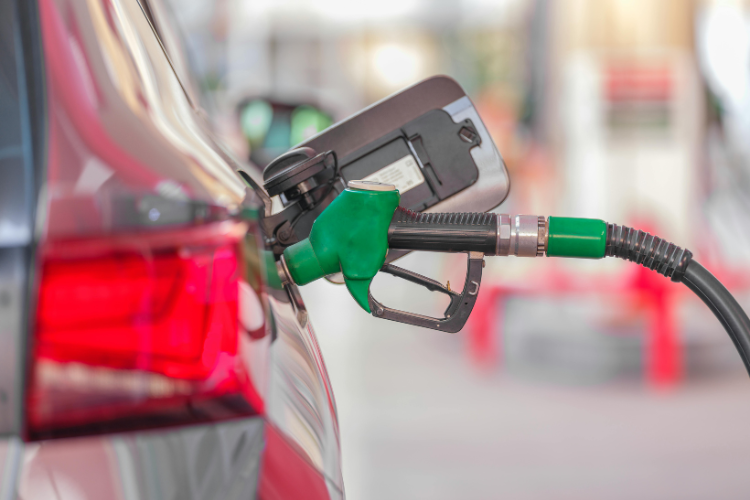Top 5 Signs Your Brakes Need Immediate Attention
Your brakes are your car's most critical safety system, especially when navigating Eureka's hilly streets or making sudden stops in Highway 101 traffic. While brake problems can develop gradually, certain warning signs mean you need professional attention right away. Ignoring these signals can put you and your family at risk, not to mention lead to much more expensive repairs down the road.
Sign #1: Grinding or Metal-on-Metal Sounds
What It Sounds Like If you hear a harsh grinding or scraping noise when you press the brake pedal, your brakes are telling you they're in serious trouble. This metal-on-metal sound is unmistakable – it's loud, unpleasant, and impossible to ignore.
What's Happening Grinding noises mean your brake pads have worn down completely. The metal backing plate is now scraping directly against your brake rotors. This is dangerous because you're losing braking power, and continuing to drive will damage expensive rotor components.
Why It's Urgent Every time you brake with worn pads, you're grinding away metal from your rotors. What could have been a simple brake pad replacement now becomes a much more expensive job requiring new rotors. More importantly, your stopping power is severely compromised.
Local Impact This is especially dangerous on Eureka's steep hills like those leading down to the waterfront or when navigating the winding roads to Arcata. You need full braking power to stop safely on these grades.
Sign #2: Brake Pedal Goes to the Floor
What It Feels Like When you press your brake pedal, it sinks much lower than usual – sometimes all the way to the floor – before your car starts to slow down.
What's Happening A spongy or low brake pedal usually indicates problems with your brake fluid system. This could be due to air in the brake lines, a brake fluid leak, or worn brake components that need adjustment.
Why It's Urgent Your brake system relies on hydraulic pressure to work properly. When that pressure is compromised, you lose the ability to stop quickly and safely. This can be catastrophic in emergency situations.
Local Concern With Eureka's frequent fog reducing visibility, you need brakes that respond immediately when you spot a hazard. A delayed brake response could mean the difference between a close call and an accident.
Sign #3: Vehicle Pulls to One Side When Braking
What It Feels Like When you apply the brakes, your car veers to the left or right instead of stopping straight. You have to fight the steering wheel to keep your vehicle in its lane.
What's Happening Brake pulling usually means one side of your brake system is working harder than the other. This could be due to uneven brake pad wear, a stuck brake caliper, or contaminated brake fluid affecting one side more than the other.
Why It's Urgent Uneven braking is dangerous because it makes your car unpredictable during stops. In an emergency situation, your car might swerve into oncoming traffic or off the road.
Local Risk This is particularly hazardous on Highway 101 where traffic moves at high speeds, or on Eureka's narrow downtown streets where precision stopping is important to avoid parked cars and pedestrians.
Sign #4: Burning Smell While Driving
What It Smells Like A sharp, acrid burning smell – often described as similar to burning paper or chemicals – especially after driving down hills or making several stops.
What's Happening Burning smells from your brakes usually indicate overheated brake components. This can happen when brake pads are worn, brake calipers are stuck, or you've been riding your brakes on long downhill stretches.
Why It's Urgent Overheated brakes can fail completely. Brake fluid can boil, brake pads can disintegrate, and metal components can warp. This creates a dangerous situation where your brakes might not work when you need them most.
Local Application If you've been driving the coastal routes around Humboldt County or navigating Eureka's hillier neighborhoods and notice this smell, pull over safely and let your brakes cool down before continuing. Don't ignore this warning.
Sign #5: Brake Warning Light on Dashboard
What You See A brake warning light appears on your dashboard. This might be a red "BRAKE" light, an ABS warning light, or a brake fluid level indicator.
What's Happening Your car's computer has detected a problem with the brake system. This could range from low brake fluid to a malfunction in the anti-lock brake system (ABS) or other brake-related components.
Why It's Urgent Modern cars have sophisticated monitoring systems. When a brake warning light comes on, it means the computer has detected something that could affect your safety. Don't assume it's a minor issue.
Technology Note Many newer vehicles can detect brake problems before you notice symptoms. The computer monitors brake pad thickness, fluid levels, and system pressure, giving you early warning of potential failures.
Additional Warning Signs to Watch For
Squealing or Squeaking High-pitched noises when braking often indicate brake pads are getting thin. While not as urgent as grinding, don't delay service too long.
Vibration in the Brake Pedal A pulsing or vibrating brake pedal usually means warped rotors. This affects your ability to stop smoothly and should be addressed promptly.
Longer Stopping Distances If you notice you're having to press the brake pedal earlier or harder to stop, your brake system isn't working at full efficiency.
What Makes Brake Problems Worse in Eureka
Coastal Moisture Eureka's humid coastal climate can accelerate brake component corrosion, especially brake lines and calipers. Salt air from the ocean makes this problem worse.
Stop-and-Go Traffic Heavy tourist traffic during summer months means more frequent braking, which increases wear on brake components.
Hilly Terrain Eureka's varied elevation puts extra stress on brake systems. Going downhill requires more braking, while uphill starts demand more from your entire drivetrain.
Wet Weather Frequent rain and fog can affect brake performance, making it even more important that your brake system is in top condition.
What to Do When You Notice These Signs
Stop Driving Immediately If:
- You hear grinding noises
- Your brake pedal goes to the floor
- You smell burning from your brakes
- Your brake warning light is on
Schedule Service Soon If:
- Your car pulls when braking
- You hear squealing sounds
- You notice longer stopping distances
Don't Try DIY Repairs Brake systems are complex and safety-critical. While you might be able to change your own oil, brake repairs require professional expertise and proper tools.
The Cost of Waiting
Delaying brake repairs doesn't save money – it costs more. Worn brake pads can damage rotors, turning a $200 repair into a $600 job. More importantly, brake failure can cause accidents that cost far more than any repair bill.
Prevention Tips
Regular Inspections Have your brakes inspected regularly, especially if you do a lot of city driving or travel frequently on Highway 101.
Pay Attention Listen to your car and feel how it responds when you brake. Changes in performance are early warning signs.
Quality Parts Matter When you do need brake service, invest in quality parts that will last longer and perform better, especially in Eureka's challenging driving conditions.
Expert Brake Service in Eureka
When you notice any of these brake warning signs, don't take chances with your family's safety. The experienced brake specialists at Eureka Brake & Automotive have been keeping Humboldt County drivers safe for over 30 years.
Our ASE-certified technicians understand how local driving conditions affect brake systems. From coastal corrosion to the demands of hilly terrain, we know what Eureka drivers need from their brakes. We use quality brake components designed to handle everything from Highway 101 commutes to winding coastal drives.
Located at 2002 2nd St in Eureka, we're open Monday through Friday, 7:30am to 5:00pm. Don't wait until brake problems become brake emergencies. If you've noticed any of these warning signs, call us at (707) 200-7097 or book your brake inspection online today. Your safety is our priority – let us help you stop with confidence on every Eureka road.
